“One of the more fascinating issues that bubble to the surface from time to time are real world legal consequences for things that happen in the virtual world.” Tech Law Prof Blog
“However this wasn’t a theft that happened on a street corner or schoolyard. This was a theft in a virtual world and the goods don’t even exist outside of this virtual world they were a part of.” The Inquisitr
Understanding the concept of digital environments seems to be so tricky for many people – in both quotes above, the authors are having trouble with the idea that things that happen in a “virtual world” can have consequences in the atomic world.
A term that is bandied about when discussing this problem is “magic circle”. In play and game theory, the magic circle is comprised of both physical and conceptual boundaries. These boundaries are intended to demarcate where real life and work lie, as opposed to play and game activity. Often, this term is applied not only to single player games like first person shooters, but also to multiplayer games (MMORPGs) and so-called virtual worlds or digital environments.
There are two major parties who, whether they use the term or not, have trouble with the size of their magic circle, and the application of the principle. Let us call them the Thompson-ites and the Something-Awful-ites.
The Thompson-ites believe that only they can see the magic circle – only they know where the boundaries between real life and virtual lives lies. Whether they think that other people are too naive or too stupid to realise that the magic circle exists depends on the individual. However, a common point seems to be that they expect people to carry rules from their gaming or virtual settings and apply those rules in their real lives – I shot you in a game, therefore it’s ok to shoot you in real life, too.
At the other end of the spectrum are the Something-Awful-ites. The Thompson-ites have a tiny magic circle – the Something-Awful-ites have an enormous magic circle, much larger than most other people. At the extremities of this idea, these folk actually believe that the magic circle encompasses the entire digital world, and that no consequences can or should escape from it into the atomic – see the second quote above. In a sense, they are violating their own principles: in trying to force other people not to take the game so seriously by griefing, they are breaking the magic circle they claim to believe in – they look to create real-world consequences from within the game world.
Unfortunately, the whole concept of the magic circle has been stretched out of all proportion in its application to digital environments which are not solely gaming environments. Dutch historian Johan Huizinga used the term first, in his study entitled Homo Ludens (1938). Huizinga describes play as “a free and meaningful activity, carried out for its own sake, spatially and temporally segregated from the requirements of practical life, and bound by a self-contained system of rules that holds absolutely.” He is thinking here of a game of chess or some other higher order play, rather than a child at play with a doll – in chess, the magic circle is much more clearly delineated. A child at play has a porous and weak magic circle – elements of real life and play may intersect or overlap each other.
Likewise, the magic circle for a virtual world is poorly delineated. As stated by Edward Castronova, a synthetic world “cannot be sealed completely; people are crossing it all the time in both directions, carrying their behavioural assumptions and attitudes with them.” Elements of real life regularly creep into discussions in digital environments, whether they be social virtual worlds or MMORPGs or the like, and discussions flow the other way, too.
Indeed, the magic circle is almost always a bit leaky – any time you add other people into the equation, the circle becomes fuzzier and can only be reinforced by tightening and strengthening the gamespace rules. Elements of play move away from the imaginary and into the real.
The poor old magic circle was never designed for this kind of work. What kind of conceptual structure would you use to help us understand digital environments better?

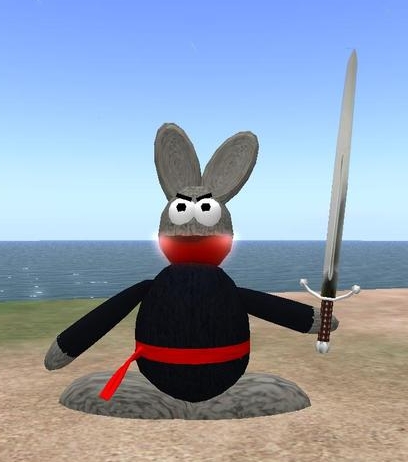
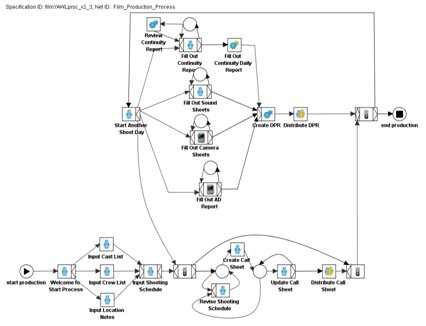
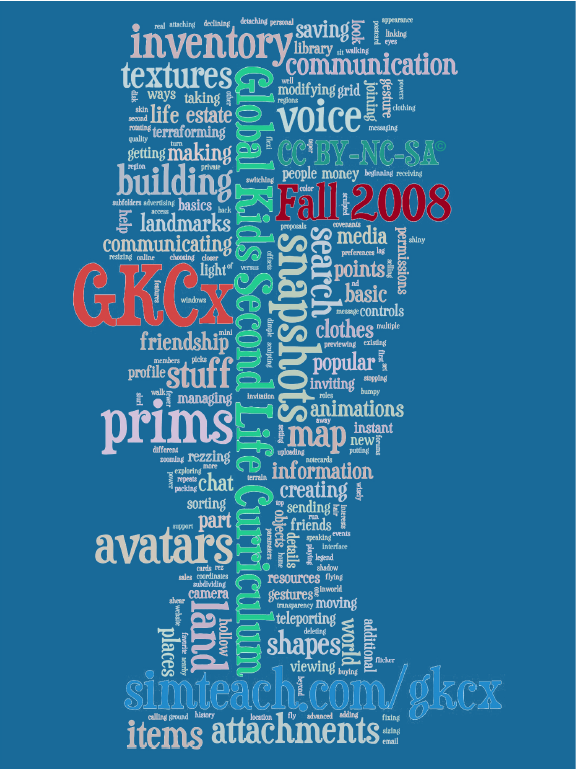
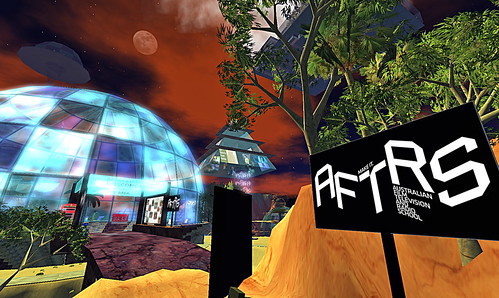
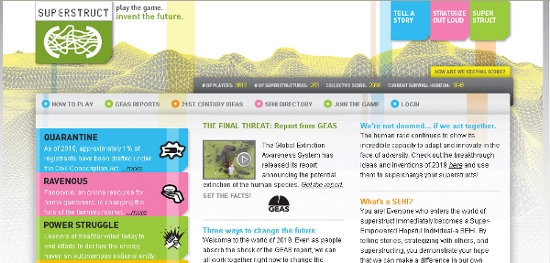

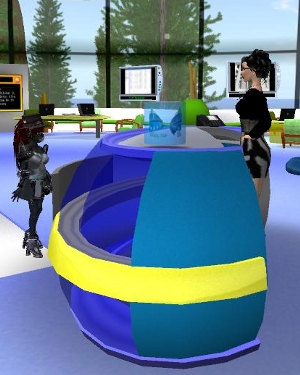
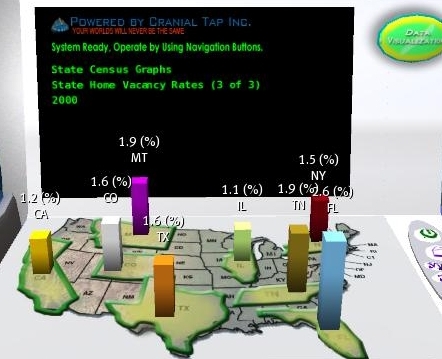

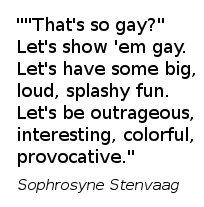

Recent Comments